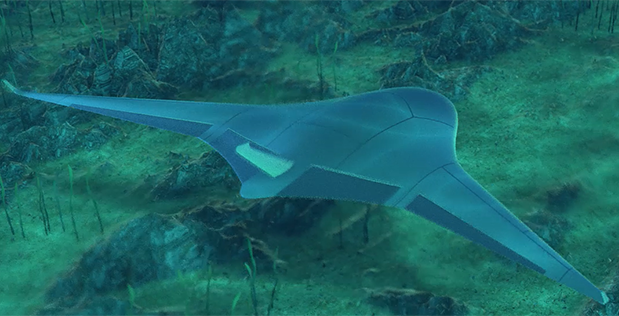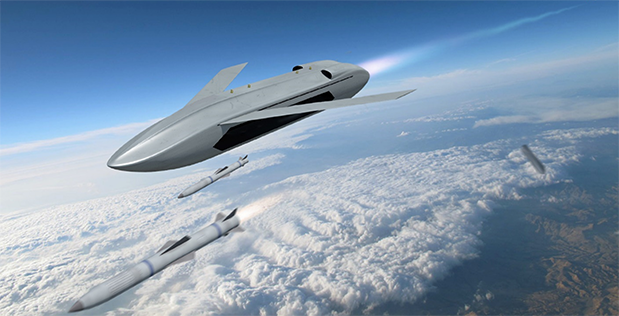New DARPA Updates on Unmanned Aerial and Undersea Vehicle Projects
DARPA has recently discussed the progress that has been made towards the development of a new aerial and undersea unmanned vehicle. Selecting various companies to develop future testbeds.
One of these development programs is known as LongShot; it aims to develop an unmanned aerial vehicle (UAV) that can be deployed from the air and utilize air to air weapons. The main idea is that LongShot drones will support modern manned fighters and increase their survivability. While the fighter operates at a safe distance, the UAVs will fly in close to eliminate threats with precision that is hard to achieve at longer ranges.
DARPA program manager Lt. Col. Paul Calhoun stated that:
“The LongShot program changes the paradigm of air combat operations by demonstrating an unmanned, air-launched vehicle capable of employing current and advanced air-to-air weapons. […] LongShot will disrupt traditional incremental weapon improvements by providing an alternative means of generating combat capability.”
DARPA announced it has selected General Atomics, Lockheed Martin, and Northrop Grumman as the companies which will participate in the preliminary first design phase. Following phases should eventually lead to the development of fully operational demonstration system.

The agency is also moving to develop a new unmanned underwater vehicle (UUV) capable of undertaking long range and long duration missions in the ocean environment without any human support. This Manta Ray project had started development last year and has recently concluded reviews the first preliminary designs. Some of the unique challenges these seek to overcome include: “spanning energy management, UUV reliability, biofouling, corrosion control, navigation, underwater obstacle avoidance, and many other areas”.
Northrop Grumman, Martin Defense Group, and Metron have been selected as the three prime contractors for this project. DARPA’s manager for the Manta Ray project, Kyle Woerner, commented that:
“Manta Ray performers have each taken unique approaches to solving the wide range of challenges related to UUV endurance. […] To me, this is a clear sign we are tackling a complex problem without a clear ‘one size fits all’ solution.”
Later this year, DARPA plans to conduct a critical design review for the more promising designs which will distinguish which designs move on to be fabricated and tested in a second phase of the program and which will end up in the dustbin of history.

